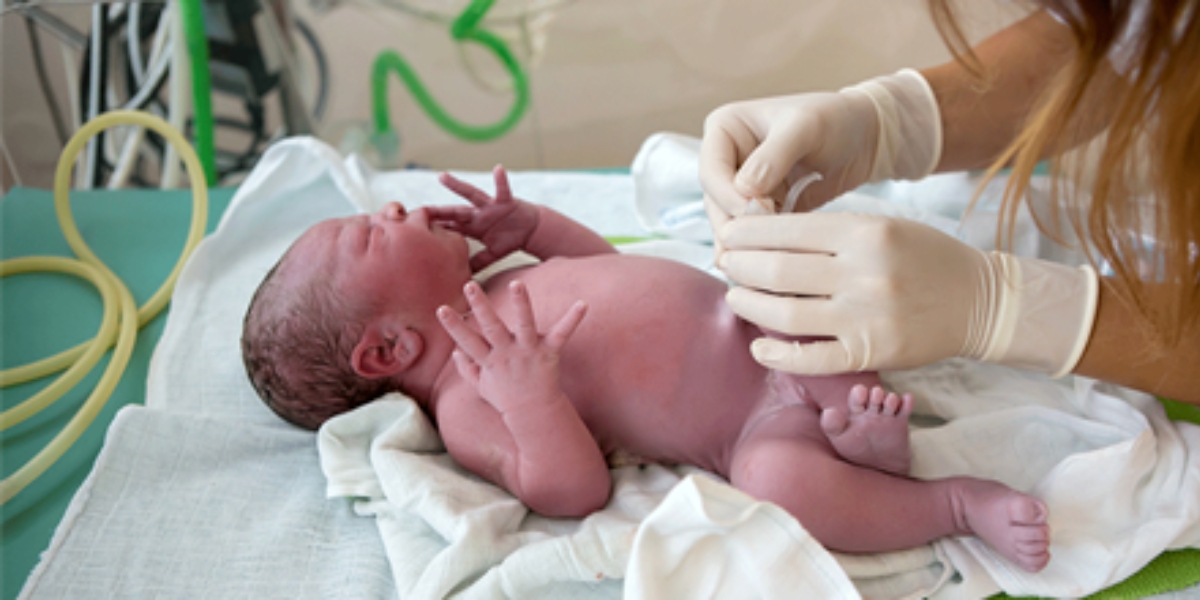Undescended testis, or cryptorchidism, is a medical condition where one or both of a child’s testicles fail to descend into the scrotum. This condition is relatively common, affecting around 3-5% of full-term male infants, and even more in premature births. Timely intervention is essential to ensure proper development and prevent long-term complications. Understanding the ideal age for surgery is key to ensuring the best outcomes for children with undescended testis.
Understanding Cryptorchidism
Cryptorchidism can be classified into two types:
- Palpable undescended testis, where the testicle can be felt in the groin area but has not moved into the scrotum.
- Non-palpable undescended testis, where the testicle is not felt, either because it is located in the abdomen or because it is absent.
The testicles typically descend into the scrotum during the last months of pregnancy. In cases where this descent does not happen, medical intervention is required.
The Importance of Early Diagnosis
Early diagnosis of undescended testis is critical in determining the optimal treatment plan. Most cases are identified during routine newborn examinations. For children born with cryptorchidism, the condition often resolves itself within the first few months of life. However, if the testicles have not descended by the time the child is six months old, it is unlikely that they will descend on their own.
At this point, surgical intervention, commonly known as orchidopexy, becomes the recommended course of action. The longer the condition persists without treatment, the greater the risk of complications such as infertility, testicular cancer, and hernia.
Why Timing of Surgery Matters
The timing of surgery for cryptorchidism plays a crucial role in minimizing risks and ensuring healthy development. The ideal age for performing orchidopexy is generally between 6 to 12 months. Performing surgery within this window can reduce the chances of complications and improve testicular function.
The Role of Surgery in Preserving Fertility
One of the primary concerns associated with undescended testis is impaired fertility. The testicles must be positioned in the cooler environment of the scrotum to function correctly. When a testicle remains in the abdomen or groin, it is exposed to higher body temperatures, which can damage sperm-producing cells. Studies have shown that early surgery significantly improves the chances of normal fertility later in life.
If orchidopexy is delayed beyond two years of age, the chances of infertility increase substantially. The longer the testicles remain in an abnormal position, the greater the risk of permanent damage to the sperm-producing cells.
Reducing the Risk of Testicular Cancer
There is a well-documented association between cryptorchidism and an increased risk of testicular cancer. Men who had undescended testicles as children are 2-8 times more likely to develop testicular cancer than those whose testicles descended normally. Early surgical correction helps to reduce this risk.
The risk of testicular cancer is highest in cases where orchidopexy is delayed until after puberty. Therefore, it is essential to perform the surgery at an early age, ideally before the child turns one year old, to minimize the risk of cancer development later in life.
Preventing Inguinal Hernia and Testicular Torsion
Undescended testis can also increase the likelihood of inguinal hernia. The opening through which the testicles descend may remain large, allowing the intestines to protrude into the groin area. Hernias can cause discomfort, pain, and, in severe cases, obstruction of the intestines.
Additionally, children with cryptorchidism are at a higher risk of testicular torsion, a painful condition where the testicle twists, cutting off its blood supply. Torsion can lead to the loss of the testicle if not treated promptly. Early surgical intervention reduces the likelihood of both inguinal hernia and testicular torsion.
The Ideal Age for Surgery: Current Medical Recommendations
Medical guidelines recommend that surgery for undescended testis be performed when the child is between 6 to 12 months old. Several factors make this the optimal time for intervention:
- Natural Descent: By six months, it becomes clear whether the testicles will descend naturally. Most cases of spontaneous descent occur within the first six months of life. After this point, waiting longer is unlikely to result in natural descent.
- Minimizing Complications: Performing surgery before the child’s first birthday reduces the risk of infertility, cancer, and other complications. This period also allows for proper testicular development, ensuring that the child can lead a healthy reproductive life.
- Minimizing Psychological Impact: Surgery at a younger age helps avoid the psychological stress and potential stigma that older children may face due to their condition.
Surgery at an early age is considered both safe and effective. Studies show that children undergoing orchidopexy between six and twelve months experience fewer complications than those who have the procedure later in life.
Post-Surgical Care and Long-Term Monitoring
After orchidopexy, the child will need regular follow-up appointments to monitor the success of the surgery and ensure proper testicular function. During these checkups, the surgeon will evaluate the position of the testicles and assess any potential complications.
Although orchidopexy is generally successful, long-term monitoring is essential to detect any issues that may arise later in life, such as reduced fertility or the development of testicular cancer. Regular testicular self-examinations during adolescence and adulthood are also encouraged for early detection of any abnormalities.
Ideal age for operating on a child with undescended testis
The ideal age for operating on a child with undescended testis is between 6 to 12 months. Timely surgical intervention through orchidopexy not only enhances the child’s long-term health and fertility prospects but also minimizes the risks of testicular cancer, inguinal hernia, and torsion. Early diagnosis and treatment are key to ensuring the best possible outcomes.
Parents and caregivers should remain vigilant and ensure their child receives the necessary care promptly to avoid future complications. Regular medical consultations and adherence to follow-up care will help guarantee a healthy development for children born with cryptorchidism.


